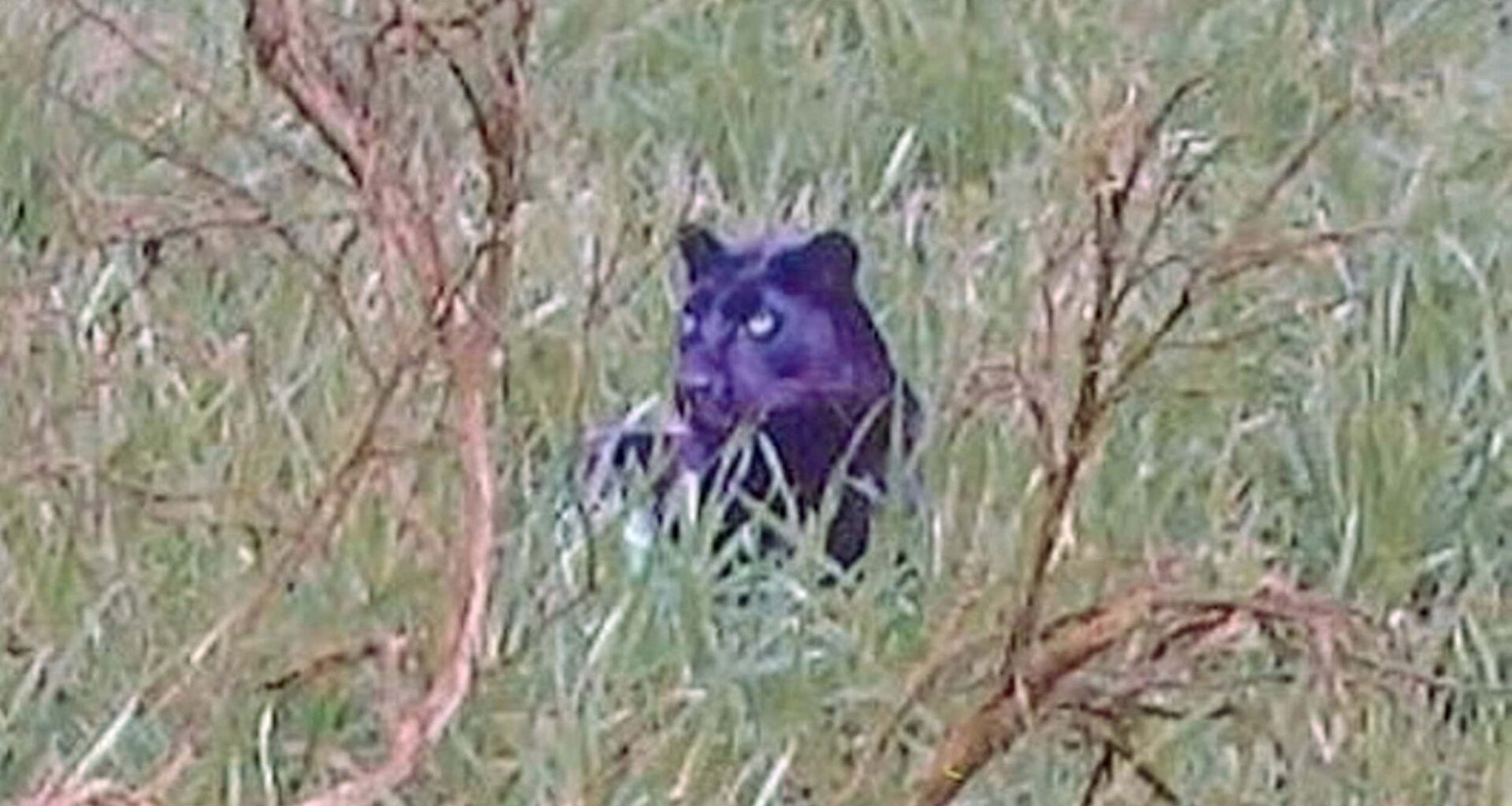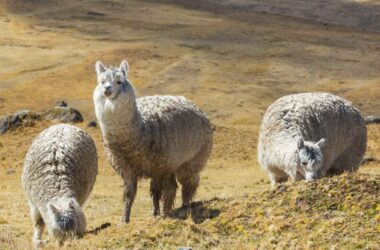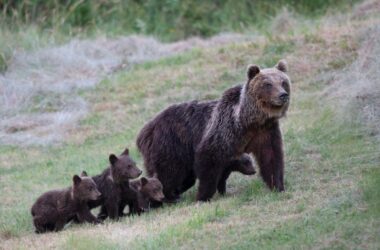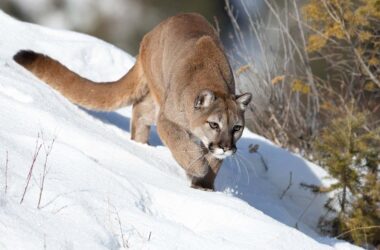A photo alleged to show a black leopard in Staffordshire, along with DNA evidence featured in a documentary, has renewed interest in the idea of wild big cats roaming the UK countryside. The photo, apparently taken in Smallthorne, Staffordshire, was sent to the Centre for Fortean Zoology over a decade ago. While the authenticity of the photo is debated, some believe it could be evidence of a freely roaming big cat in the UK.
Where does the photo come from?
The photo was released by Dragonfly Films, the producer of the documentary “Panthera Britannia Declassified.” The image shows a black leopard lying in long grass. The exact origin of the photo is unknown, but it was allegedly taken in Smallthorne, Staffordshire. The authenticity of the photo is uncertain, and it is speculated that it may have been taken of a captive cat rather than a wild one.
Are there really big cats roaming wild in the UK?
While there have been a few reported sightings of big cats in the UK over the years, the UK’s Department of Environment, Food and Rural Affairs (Defra) states that there is no credible evidence of wild big cats in recent decades. Any credible information indicating the presence of a big cat would be reported to the authorities for investigation. However, some individuals, like Rick Minter, the host of the “Big Cat Conversations” podcast, believe that there is strong evidence suggesting the existence of large felines in the British countryside.
Where are they and how many are there?
Reported sightings of big cats have been documented across the UK, with the British Big Cats Society receiving between 500 to 600 reports annually. However, most of these reports are unverified and anonymous. There have been sightings of black leopards, sandy-colored cats (possibly mountain lions), and lynxes. To maintain a stable population, there would need to be at least 300 individuals of each species, but there is currently no concrete evidence to support such numbers.
Is there any evidence, beyond reported sightings?
Despite numerous reported sightings, there is no firm scientific evidence to confirm the existence of wild big cats in the UK. Researchers have analyzed animal carcasses for tooth marks that suggest the involvement of a medium-to-large feral cat. However, this alone is not definitive proof. Combining tooth-pit analysis with verified DNA evidence would be the gold standard for establishing the presence of big cats.
Do we have DNA evidence?
According to the documentary by Dragonfly Films, DNA evidence for a big cat in Gloucestershire has been obtained. While some experts, like Andrew Hemmings from the Royal Agricultural University, are optimistic about this claim, others, like Danny Bamping from the British Big Cats Society, remain skeptical until more concrete information about the hair sample and testing process is provided.
If the big cats do exist, are they dangerous?
There have been no confirmed instances of wild big cats attacking humans or their pets in the UK. Experts believe that these cats would typically avoid human contact if given the choice, posing a negligible risk to people.








